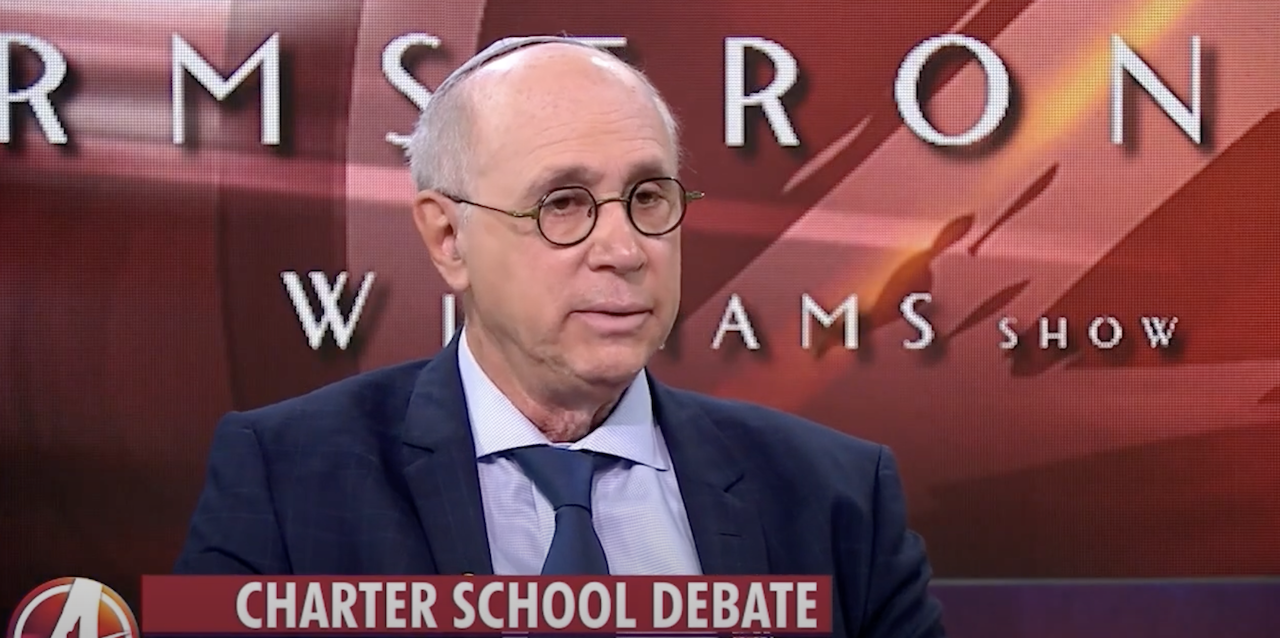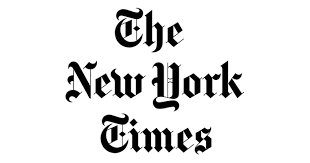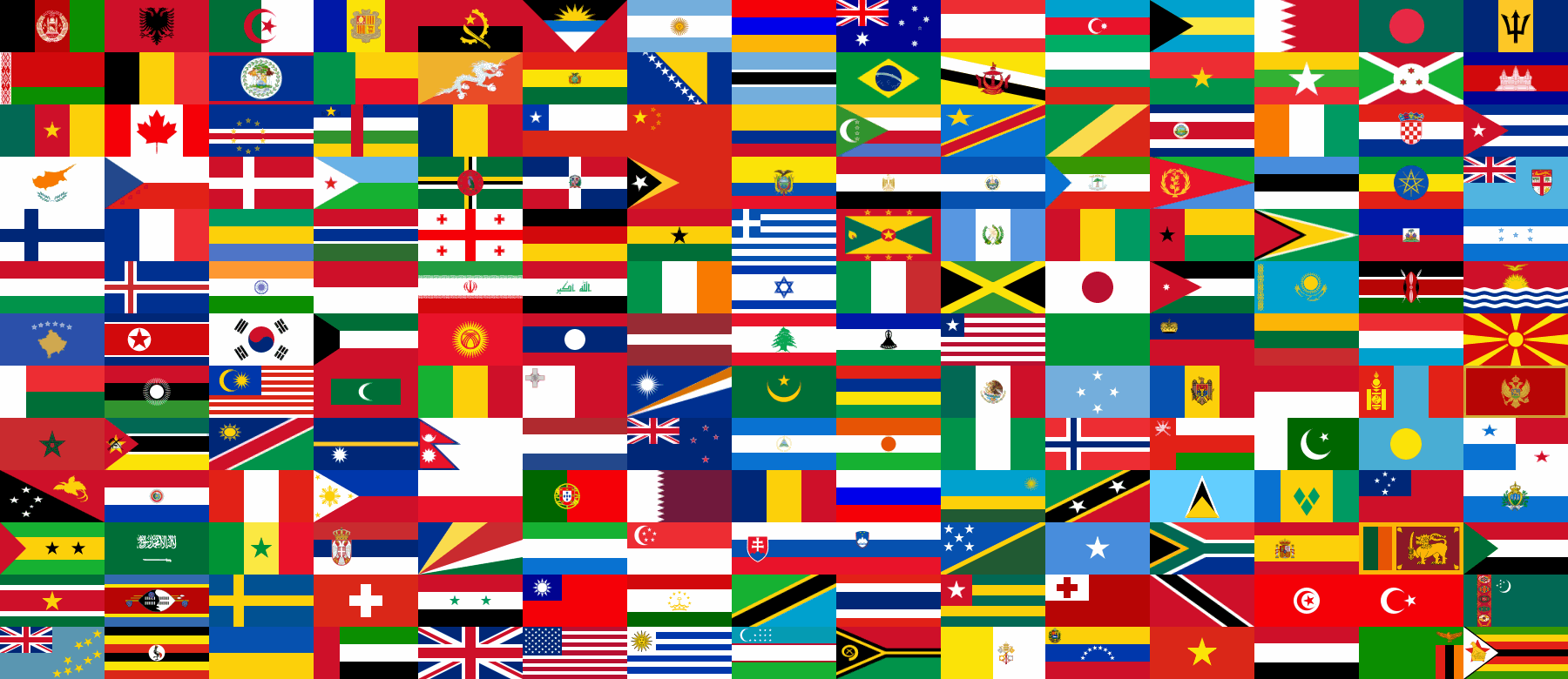Yiddish: A Love Story
|
Yiddish: A Love Story There once was a world. The world was inhabited by illustrative characters and imaginative figures. It was a world where the inhabitants insulated themselves from the hostile environment that surrounded them. Their isolation served to protect them, while many often longed to enter and be a part of the very same hostile world that kept them out and was suspicious of them. This world was one in which discussions about deep theological matters could be as intense as mundane considerations of whether a merchant had cheated them or not. There were those who studied and debated a treasury of ancient scholarly texts and holy works, while others challenged and rejected them altogether and sought to escape the grip and hold of what it considered antiquated ways. This world spanned across borders and centuries. It knew no boundaries and was not confined to a finite geographic domain. The immersion was total, and it was totally Jewish. It was a way of life governed by respected rabbis who taught, adjudicated disputes and interpreted and determined Jewish practices and customs. It was regulated by the rhythms of a unique calendar belonging only to them, with dietary laws and the day of rest universally observed, even by apikorsim, non-believers. This world, where Yiddish was the means of communication, was our world, and it exists no more. I have always been fascinated by the lebedike velt, the lively world of Jewish culture which for over 1,000 years was our people’s way of life. I have always appreciated the richness of the Yiddish language, its idioms and expressive expressions. The attraction for me is also scholarly, for I love to study our history and literature, so I can better understand the roots of Judaism and our culture and life, and so I can better understand our identity and be a more knowledgeable and effective teacher of it. But the interest and appeal is also nostalgic and personal. All four of my grandparents immigrated to this country from that world. My father’s parents came from Kiev, my mother’s father came from Austria. My grandmother of blessed memory, Bessie Angster was from a small shtetl, Tavrig in Lithuania. She was a product of that world, and I always had a special affection and connection to her. I love that she “Yiddishized” and thereby humanized my very proper Anglo Saxon name when she would endearingly and affectionately call me, “Stuartleh“. She spoke Yiddish, or as she called it “Jewish” and used to read the Forverts, the newspaper that, at one time, in the early 20th century was the most widely read newspaper in the country. Since she would get the Forverts a few weeks late, only after Mrs. Blum had finished reading it, when I was a college student, with my own money, I bought her her own subscription to the Yiddish daily known as the “Forward.” When I took a college class in Yiddish literature in translation I read to her heart-breaking stories of people seeking advice from the precursor of modern advice columns, the “Bintel Brief.” And although the letters described painful scenarios and personal dramas that had transpired 50 years earlier, she intensely felt for the individuals, as if she knew them, and their pain was hers. I loved the ironic humor and satire of Shalom Aleichem, the most famous Yiddish writer and the stories of the topsy turvy town of the “wise men of Chelm”. I draw upon some of these stories which I studied in college, and occasionally sprinkle reference to them in sermons. I used to read stories of Chelm to my children when they were little, so they would acquire a Jewish outlook on the world, appreciate Jewish life and develop a Jewish sense of humor. Prior to World War II Yiddish was the language spoken and known by 80% of the Jewish world. Having a common language meant Jews could travel beyond their land and be able to communicate and conduct commerce with people from different countries unimpeded. In retrospect, I now realize that were it not for Yiddish, my grandmother being from a shtetl in Lithuania and her husband, my grandfather from Austria, would not have had a means of communicating with each other. With this as a backdrop, you can understand why I have always wanted to learn more than the few Yiddish words that I know, and why I decided to spend a week studying Yiddish at the National Yiddish Book Center. The Yiddish Book Center is the brainchild of one of the most creative minds in modern Jewish history, Aaron Lansky, who set out as a young student in the 1970’s to save and preserve Yiddish books from literally being “thrown into the dustbin of history.” Scholars told him there were probably about 70,000 Yiddish books out there to be saved. 40 years later, the center has collected over 1.5 million books. The origins of Yiddish literature can be traced to have formally begun with the Haskalah, or Enlightenment movement, which sought to bring Jews out of the ghetto of an exclusively Jewish world and expose them to ideas from general society and secular knowledge. The language developed over the years organically, with different dialects and pronunciations. I recall hearing Theodore Bikel once say that he spoke 23 languages – 19 of which were Yiddish. There was never an academy of Yiddish language, as there is, for example for French. (Can you imagine the debates and proceedings had there been such an institution?! Oy veyz mer!) So what did I do at Yiddish school this past week? Nu, das iz a frageh – this is a question. Since I was in the introductory level one class, we learned to read the Yiddish alphabet. Although it uses Hebrew letters, the pronunciation and grammatical rules are very different. We had class every morning, where we learned rudimentary conversation and some songs, with lectures in Yiddish culture in the afternoon. I will share with you just one thing I learned from my class, something which I think encapsulates an extremely profound insight into Jewish thought. An entire theology is contained and conveyed in this one simple grammatical rule. We learned that Yiddish has two ways of referring to the second person. When speaking to another person, if you know that person well and are in a close relationship you use the word “du.” If, however, there is distance between you and that individual, or the relationship is hierarchical, and is more formal, such as employer and employee, or teacher- student, then you use the term “er”. When learning dialogues and how and when to use “du” and when to say the more formal “er” we saw pictures of various scenes, including one of a shaliah tzibbur, a prayer leader, or hazan, cantor praying to God. The man is praying and addresses God and asks, “Ribbono shel Olom, Master of the Universe, Du hertz mein tefillah? Do you hear my prayer?” When asking if God hears his prayer, one would expect him to use the formal Er. Rather, he addresses God personally, using the informal word “Du” – because for Jews, at least for Jews in that world, the relationship with the Creator of the Universe is intimate, familiar and close. (And now you can appreciate Shalom Aleichem’s Tevye’s discussions with God in Fiddler on the Roof!) It is hard to fathom, but prior to World War II, 10% of Poland was Jewish. The population of major cities was 30 – 50% Jewish. With the annihilation of European Jewry the Holocaust killed most of the Yiddish speaking population of the world. In addition to the murder of 6 million Jews in World War II, Israel rejected the Diaspora experience, and relegated Yiddish to a denigrated status. It was discarded and left behind as a vestige of an old world, where Jews were powerless victims who could not shape their own destiny. The third factor mitigating against Yiddish was the communist regime of the Soviet Union. Although initially embracing Yiddish, it did what it could, especially under Stalin to eradicate the Jewish religion, language and culture. On one night, August 12 of 1952, they rounded up Yiddish poets and a year later Jewish doctors, and murdered them, putting a chill on the further development of Yiddish literature. A final factor contributing to the demise of Yiddish was the openness of America. Yiddish is not the only language developed by Jews. Jewish communities also spoke Ladino, an offshoot of Spanish, and there were Jewish dialects of Persian, Arabic and other languages as well. But in America, where the doors are wide open to us, and we are no longer segregated or isolated from the surrounding population, Yiddish was quickly shed and abandoned by those anxious to enter and partake of American life. And so in 40 years, the span of just one generation, a language and culture that had sustained us for 1,000 years is for all intents and purposes, gone. Housed on the edge of the campus of Hampshire College in Amherst, the Yiddish Book Center has undertaken to record, preserve and revitalize this world. As Aaron Lansky pointed out to us, Episcopalian is a religion, but there is no such thing as Episcopalian literature, or Episcopalian food, or Episcopalian diseases. We have all that, and as he put it, “are heirs to treasures beyond measure.” Walking through the collection of books, one wonders about the books, and also about who owned them. Why did they have them? How were they used? And what can we learn from the literature about the culture, and individuals who would have read these books. Ever since I took a summer course at Hebrew University with the late great Jewish thinker and philosopher Emil Fackenheim, I have always been motivated by his teaching that there is a 614th commandment for Jews: Thou shalt not grant unto Hitler a posthumous victory. We are obligated not to allow him to achieve his goal of eradicating Judaism, the Jewish people and Jewish life. So for me as a rabbi, the question is not just about who owned these books, but more importantly, what will become of the generations that come after them? What will happen to those who have no direct, intimate connection to the stories contained in the books and who have little or no knowledge of the world they lived in? Can we ever experience that personal, close intimate relationship with the Holy One, HaKadosh Baruch Hu, that those who came before us knew? Will we be transmitters of the rich heritage bequeathed to us, or will we be the end of the line? As Isaac Bashevis Singer proclaimed when he received the Nobel Prize for literature for his Yiddish writings, “Yiddish has not yet spoken its last word.” May the words of his prophecy be fulfilled.
Rabbi Stuart Weinblatt Congregation B’nai Tzedek Potomac, MD April 6, 2019
|




